DEI & early careers:
Why it’s so important to start here
Terina Matthews-Davis
Client Director, Early Careers & Campus Americas, AMS
Jaymie Hinton
HR Operations Manager, AMS
Kahlil Greene
Online Educator and Senior, Yale University

Post-pandemic, most organisations are on a recruitment drive. However, the war for talent is fierce and businesses are having to get creative and look beyond salary to attract the right people. If your company is looking to hire more Gen Z talent, there are several things you’ll need to consider.
Chief among these is understanding the desires, needs and interests of this generation. While it’s always dangerous to generalise about an entire population, it’s clear that Gen Z has different expectations about work and careers than previous ones.
Having seen older family members experience burnout, economic insecurity through recessions and poor work/life balance, they’re now demanding better from the companies they work for - better pay, better balance and a better impact on society and the environment.
Representation matters
This also means a more diverse and inclusive workplace. The business case for diversity has long been clear - a McKinsey & Co report found that companies in the top quartile for gender diversity on executive teams were 25% more likely to have above average profitability, while those in the top quartile for ethnic diversity were 33% more likely to be profitable - but businesses are still struggling to meet DEI targets.
However, for Gen Z, the debate around the merits of diversity are old news. As online educator and Yale’s first black student body president Kahlil Greene recounts in this piece for HBR:
“As a freshman, I attended an investment banking event for underrepresented minorities where a recruiter told us about the efforts of the company’s diversity recruiting team. The team struggled to get adequate buy-in and investment to build a more diverse and inclusive workplace. What finally broke the inertia was a robust business case that proved that diversity was good for profits.
“Although the recruiter didn’t intend for her story to be received this way, our big takeaway was: When it comes to DEI, that firm would only make progress if it was directly framed around profits, not because it was the right thing to do. It told me that they may not value ideas I bring to the workplace unless there was a direct link to revenue growth. I stopped considering working there after that session.
As one of my peers recounted, “If you care about your people, you care about what your people care about.”
Despite increased attention on diversity in the US, black and Hispanic early careers professionals remain 50-70% more likely to be unemployed than their white counterparts, according to research from the Brookings Institution. So how can we change this?
“A lot of times when I’m conducting interviews, when I get on the screen and I’m a person of colour and a woman, people are excited. Why? One, I’m doing an interview at that level. Two, the person being interviewed is making a conscious decision in their head about this being a place they want to work because I’m in this role. They can see themselves progressing in the company - representation matters,” says Terina Matthews-Davis, Americas Client Director, Early Careers & Campus at AMS.
Matthews-Davis’ colleague Jaymie Hinton is an HR Operations Manager at AMS. As a military veteran, she understands what it’s like to be on the outside looking in when it comes to finding a job. Hinton argues that many young people have the same feeling when it comes to current hiring processes, but that things are beginning to change.
“Sometimes people don’t feel like they’re included and safe to be themselves, whether they’re gay, straight or ‘different’ somehow. I’m ex-military and I’ve had doors shut in my face because hiring managers don’t understand transferable skills,” says Hinton.
“Younger generations can feel distant from the hiring process. When I got out of the military 20 years ago, it was about who you knew. Now, you have different ways of applying for jobs and companies are looking to be more diverse. There has been a change in awareness,” she adds.



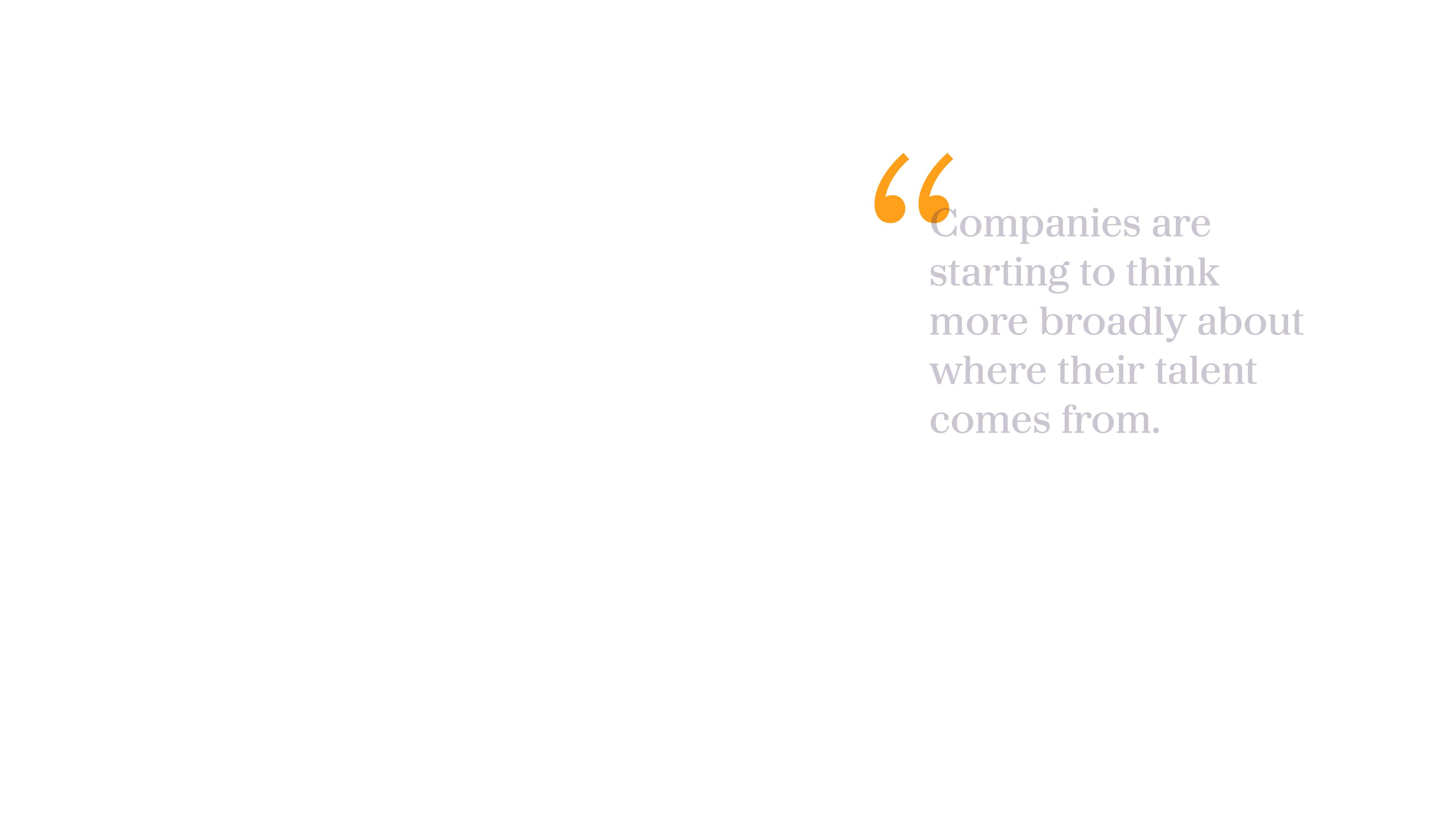
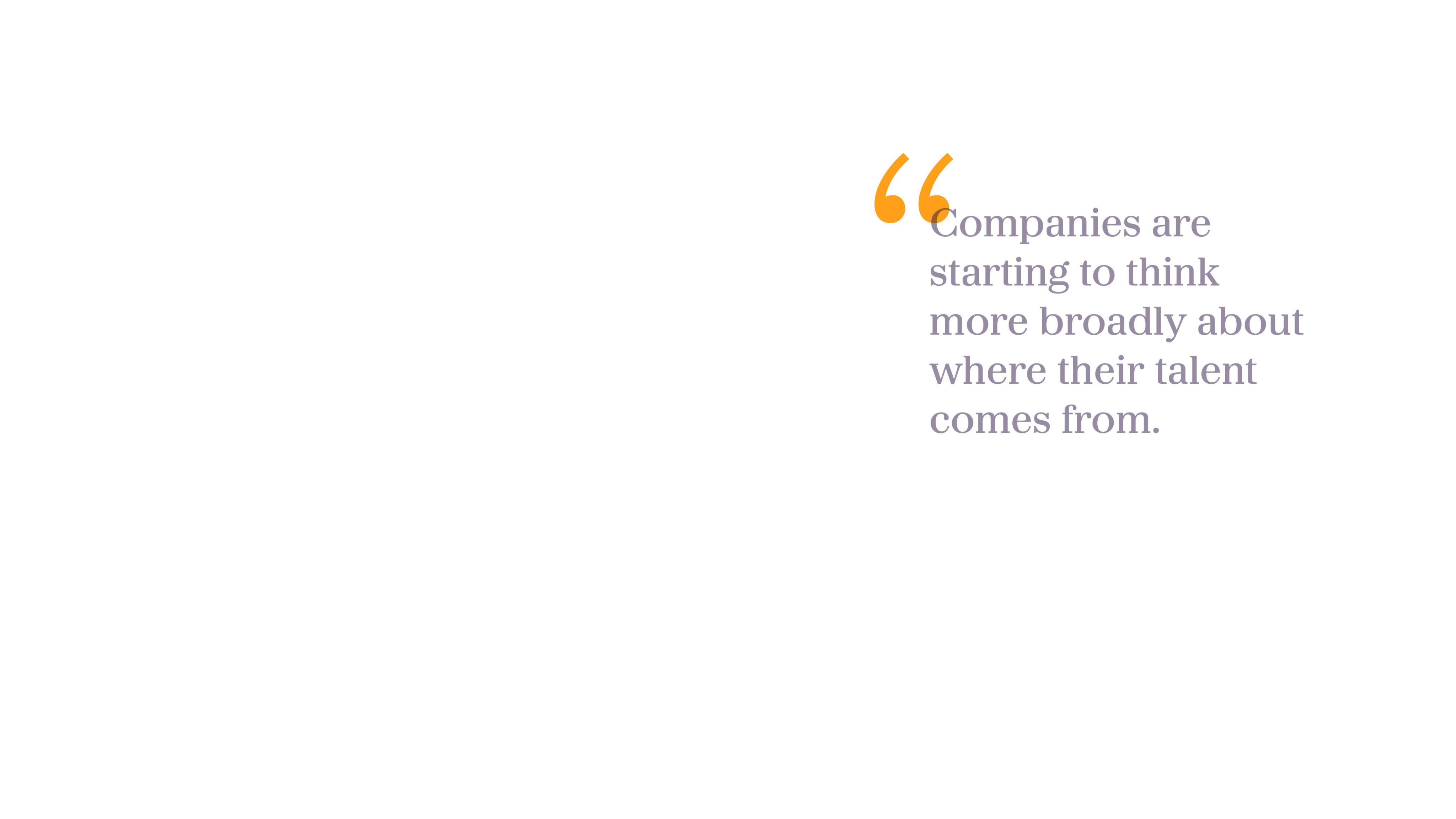
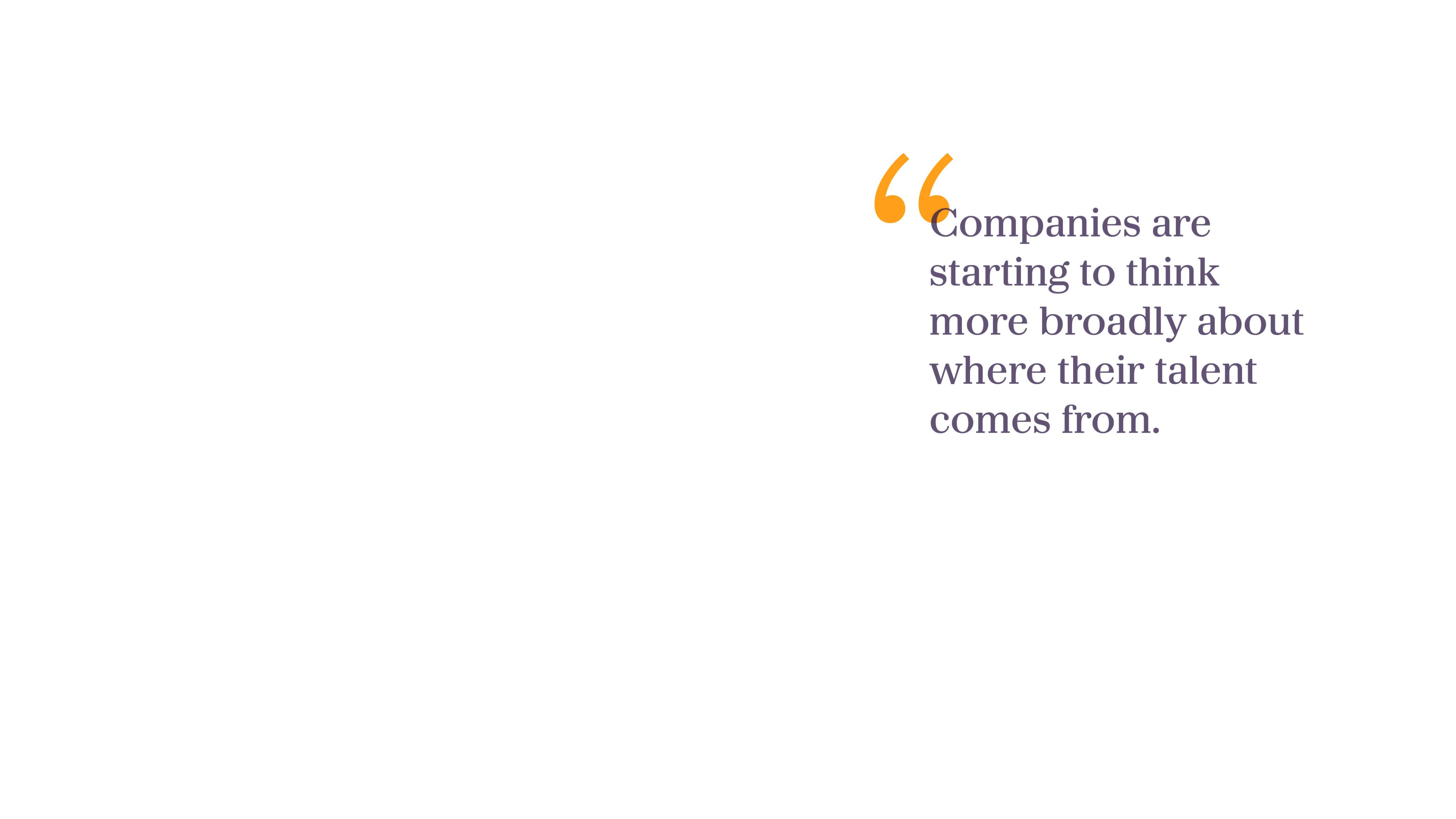
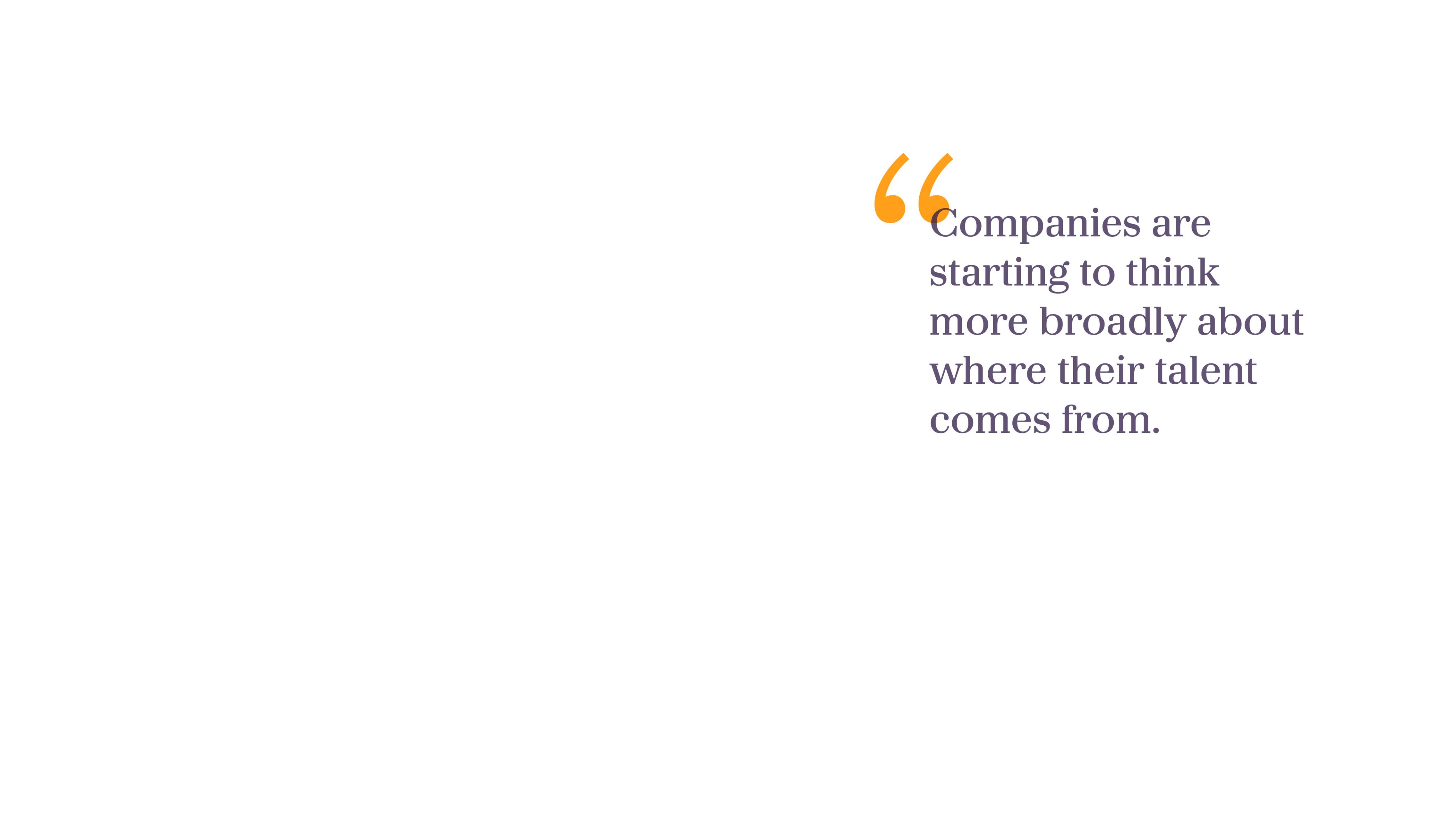
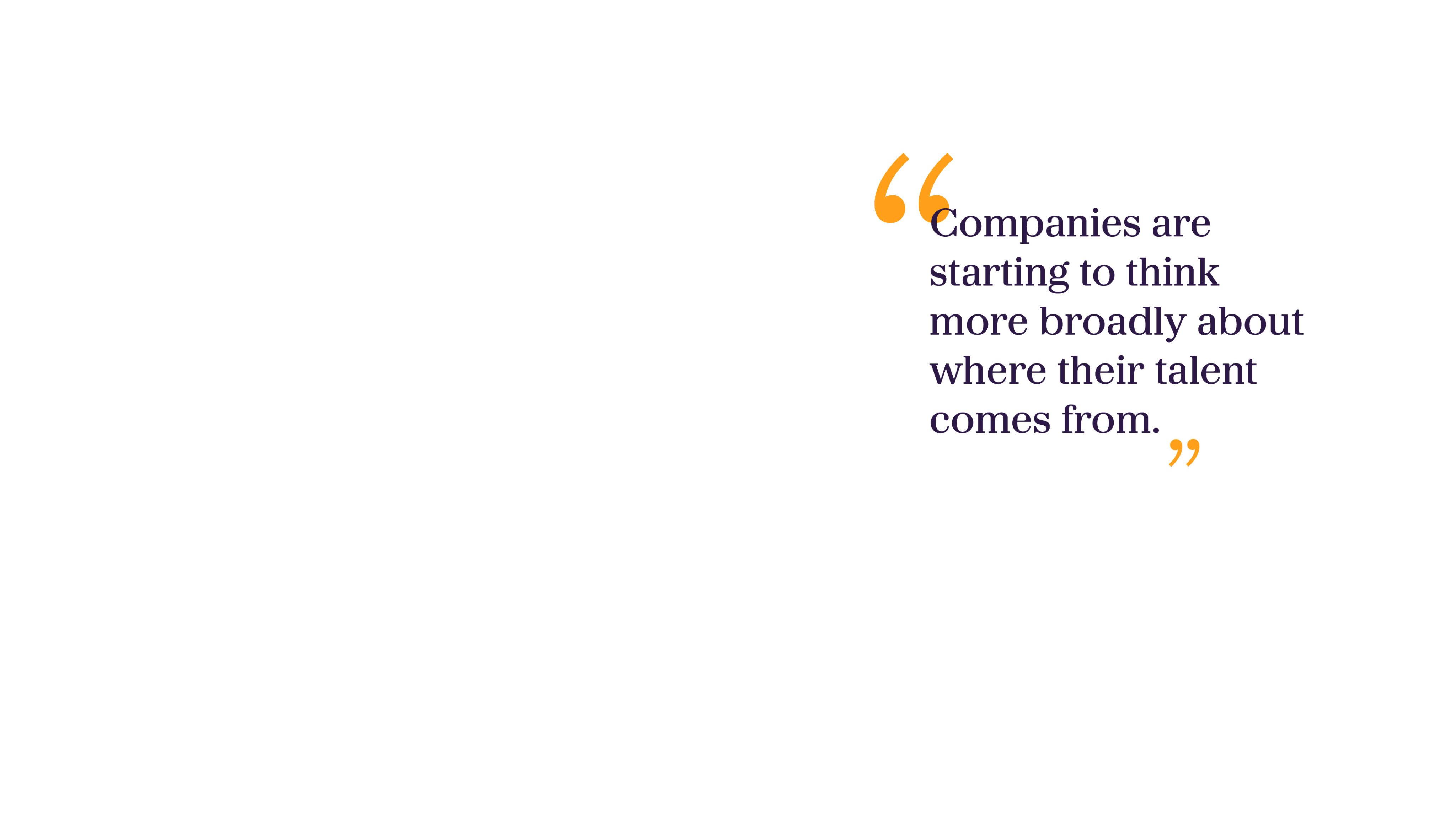
Post-pandemic, most organisations are on a recruitment drive. However, the war for talent is fierce and businesses are having to get creative and look beyond salary to attract the right people. If your company is looking to hire more Gen Z talent, there are several things you’ll need to consider.
Chief among these is understanding the desires, needs and interests of this generation. While it’s always dangerous to generalise about an entire population, it’s clear that Gen Z has different expectations about work and careers than previous ones.
Having seen older family members experience burnout, economic insecurity through recessions and poor work/life balance, they’re now demanding better from the companies they work for - better pay, better balance and a better impact on society and the environment.
Representation matters
This also means a more diverse and inclusive workplace. The business case for diversity has long been clear - a McKinsey & Co report found that companies in the top quartile for gender diversity on executive teams were 25% more likely to have above average profitability, while those in the top quartile for ethnic diversity were 33% more likely to be profitable - but businesses are still struggling to meet DEI targets.
However, for Gen Z, the debate around the merits of diversity are old news. As online educator and Yale’s first black student body president Kahlil Greene recounts in this piece for HBR:
“As a freshman, I attended an investment banking event for underrepresented minorities where a recruiter told us about the efforts of the company’s diversity recruiting team. The team struggled to get adequate buy-in and investment to build a more diverse and inclusive workplace. What finally broke the inertia was a robust business case that proved that diversity was good for profits.
“Although the recruiter didn’t intend for her story to be received this way, our big takeaway was: When it comes to DEI, that firm would only make progress if it was directly framed around profits, not because it was the right thing to do. It told me that they may not value ideas I bring to the workplace unless there was a direct link to revenue growth. I stopped considering working there after that session.
As one of my peers recounted, “If you care about your people, you care about what your people care about.”
Despite increased attention on diversity in the US, black and Hispanic early careers professionals remain 50-70% more likely to be unemployed than their white counterparts, according to research from the Brookings Institution. So how can we change this?
“A lot of times when I’m conducting interviews, when I get on the screen and I’m a person of colour and a woman, people are excited. Why? One, I’m doing an interview at that level. Two, the person being interviewed is making a conscious decision in their head about this being a place they want to work because I’m in this role. They can see themselves progressing in the company - representation matters,” says Terina Matthews-Davis, Americas Client Director, Early Careers & Campus at AMS.
Matthews-Davis’ colleague Jaymie Hinton is an HR Operations Manager at AMS. As a military veteran, she understands what it’s like to be on the outside looking in when it comes to finding a job. Hinton argues that many young people have the same feeling when it comes to current hiring processes, but that things are beginning to change.
“Sometimes people don’t feel like they’re included and safe to be themselves, whether they’re gay, straight or ‘different’ somehow. I’m ex-military and I’ve had doors shut in my face because hiring managers don’t understand transferable skills,” says Hinton.
“Younger generations can feel distant from the hiring process. When I got out of the military 20 years ago, it was about who you knew. Now, you have different ways of applying for jobs and companies are looking to be more diverse. There has been a change in awareness,” she adds.

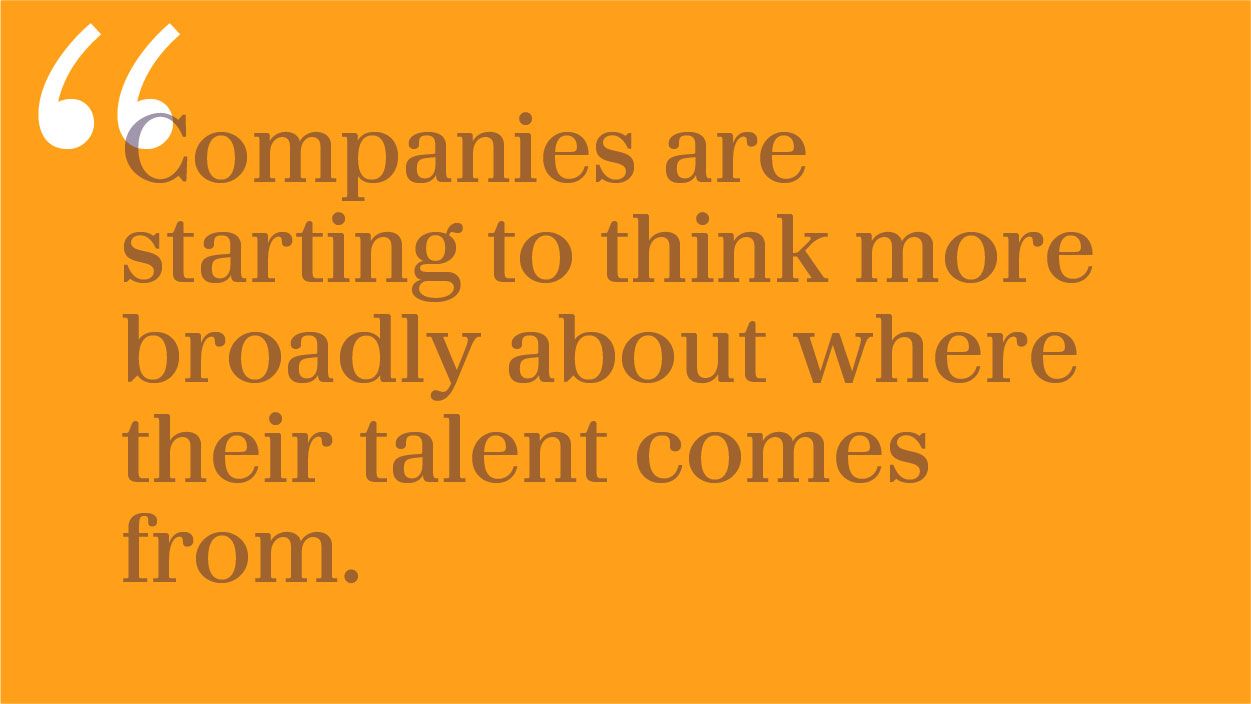
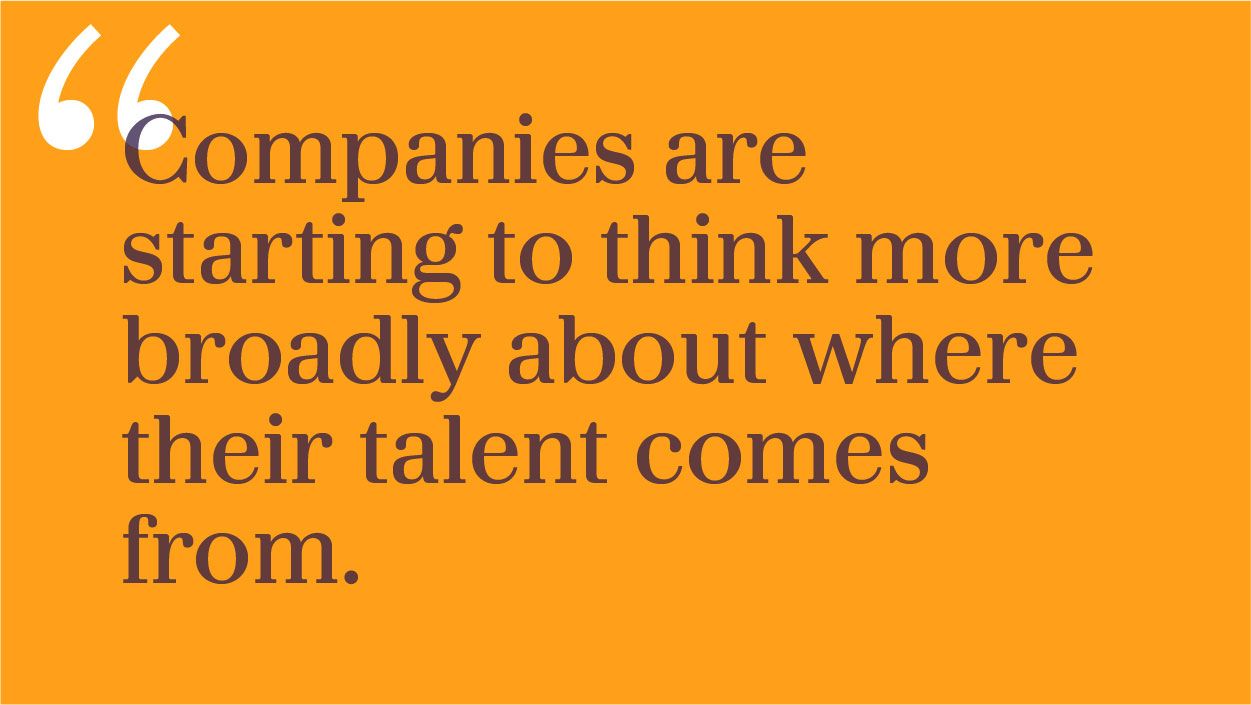
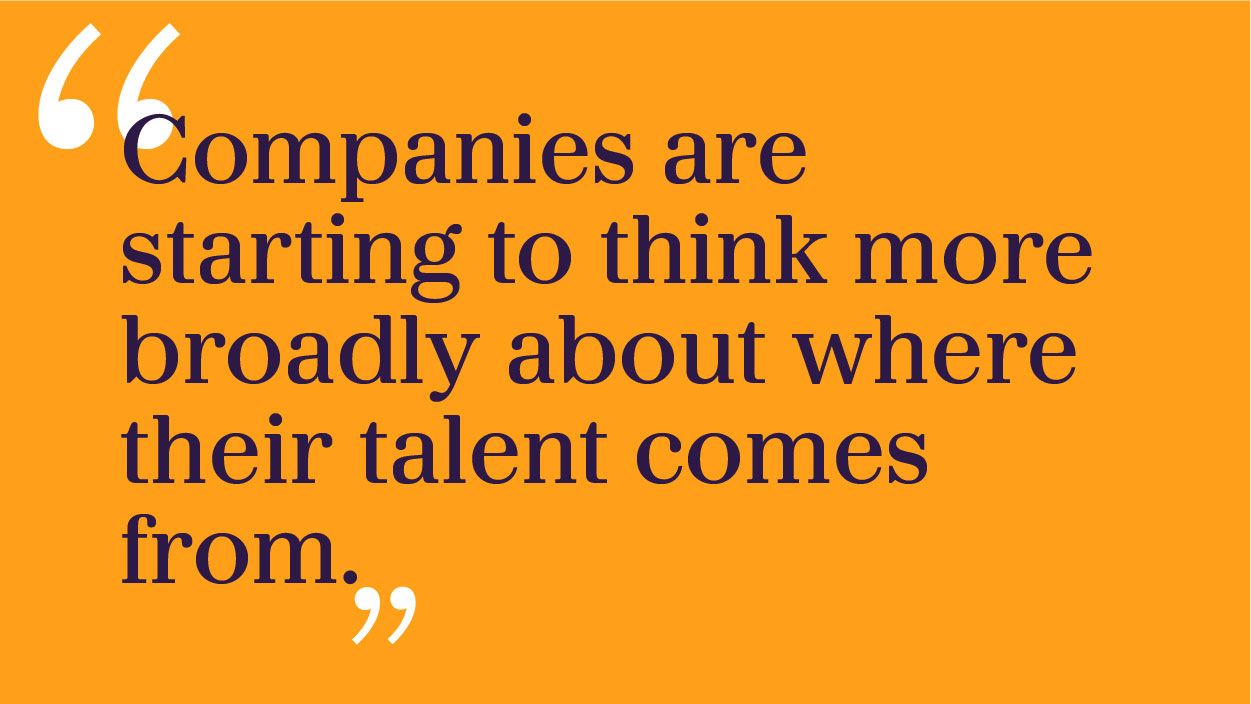
Companies in the top quartile for gender diversity are 25% more likely to have above average profitability

Companies in the top quartile for ethnic diversity are 33% more likely to have above average profitability

But Black and Hispanic early career professionals are 50-70% more likely to be unemployed

Be authentic - performative allyship
doesn’t work
When it comes to attracting future talent, it’s important to be authentic. Gen Zers aren’t falling for performative allyship, so simply sticking a Black Lives Matter poster in the window or showing support on social media isn’t enough.
Organisations need to be truthful about where they stand and what they’re doing to make a change, especially if they’re currently struggling with diversity. The more authentic and open you are, the more early careers talent will support you.
“It’s 100% about calling out where you are as an organisation. It shows your authenticity, it shows you are working on it and it shows candidates they can be part of a change,” says Matthews-Davis.
It’s also about actively going out into the communities you want to hire from and meeting talent where they are. This might mean partnering with HBCUs, sponsoring societies or getting involved in community events. Early careers talent is big on altruism and being active locally. If you're not building local relationships, you’re not getting in front of them.
As Hinton says: “Everybody is in the war for talent and everybody is in the war for diverse talent. It has to be about more than expecting them to come to you.”
Go beyond your usual hiring routes
Hinton and Matthews-Davis help clients looking to hire more diverse candidates create strategies that have an impact. Practically, this might be about providing tools that match roles to candidates, such as platforms like WayUp or RippleMatch. It might be about partnering with new colleges or institutions to look for interns. Ultimately, it’s about looking beyond your traditional hiring routes.
“People hire people who look like them. They hire from where they went to university, so it’s about being intentional and understanding your strategy. If you say you want 50% of your incoming class being diverse, but you’re mainly hiring from Stanford, Harvard and Notre Dame, you’re probably not going to reach your target if you look at the percentage of students of colour from those campuses,” says Matthews-Davis.
“When you go outside your target schools, you find amazing talent that is hungry. Students there know they aren’t part of the core target list, so they have to get in early and prove themselves. Companies are starting to think more broadly about where their talent comes from,” she adds.
written by the Catalyst Editorial Board
with contributions from:
Terina Matthews-Davis
Client Director, Early Careers & Campus Americas, AMS
Jaymie Hinton
HR Operations Manager, AMS
Kahlil Greene
Online Educator and Senior, Yale University

Be authentic - performative allyship
doesn’t work
When it comes to attracting future talent, it’s important to be authentic. Gen Zers aren’t falling for performative allyship, so simply sticking a Black Lives Matter poster in the window or showing support on social media isn’t enough.
Organisations need to be truthful about where they stand and what they’re doing to make a change, especially if they’re currently struggling with diversity. The more authentic and open you are, the more early careers talent will support you.
“It’s 100% about calling out where you are as an organisation. It shows your authenticity, it shows you are working on it and it shows candidates they can be part of a change,” says Matthews-Davis.
It’s also about actively going out into the communities you want to hire from and meeting talent where they are. This might mean partnering with HBCUs, sponsoring societies or getting involved in community events. Early careers talent is big on altruism and being active locally. If you're not building local relationships, you’re not getting in front of them.
As Hinton says: “Everybody is in the war for talent and everybody is in the war for diverse talent. It has to be about more than expecting them to come to you.”
Go beyond your usual hiring routes
Hinton and Matthews-Davis help clients looking to hire more diverse candidates create strategies that have an impact. Practically, this might be about providing tools that match roles to candidates, such as platforms like WayUp or RippleMatch. It might be about partnering with new colleges or institutions to look for interns. Ultimately, it’s about looking beyond your traditional hiring routes.
“People hire people who look like them. They hire from where they went to university, so it’s about being intentional and understanding your strategy. If you say you want 50% of your incoming class being diverse, but you’re mainly hiring from Stanford, Harvard and Notre Dame, you’re probably not going to reach your target if you look at the percentage of students of colour from those campuses,” says Matthews-Davis.
“When you go outside your target schools, you find amazing talent that is hungry. Students there know they aren’t part of the core target list, so they have to get in early and prove themselves. Companies are starting to think more broadly about where their talent comes from,” she adds.

written by the Catalyst Editorial Board
with contributions from:
Terina Matthews-Davis
Client Director, Early Careers & Campus Americas, AMS
Jaymie Hinton
HR Operations Manager, AMS
Kahlil Greene
Online Educator and Senior, Yale University

